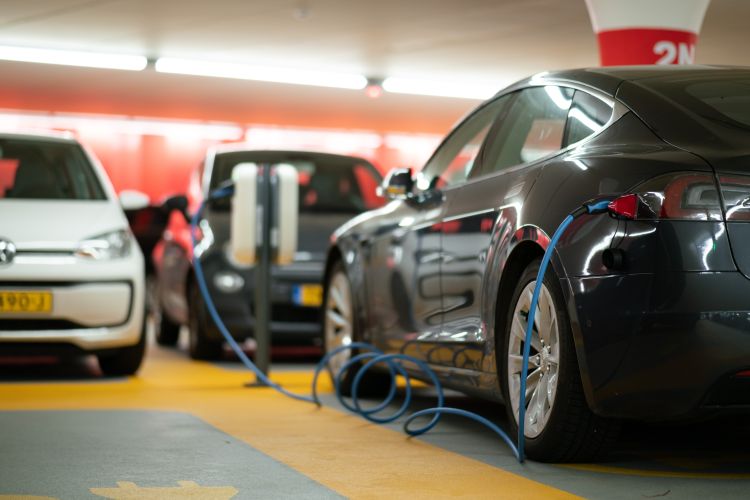Electric vehicles manufacturing: While India Inc is enthusiastic about manufacturing EVs locally, the ambitious plan heavily relies on import-based supply chains, contradicting the nation’s aspirations for self-reliance. Industry giants like Tata, Reliance Industries Ltd (RIL), and JSW have recently expressed interest in establishing battery manufacturing facilities in India using lithium-ion technology. However, the challenge lies in sourcing lithium, and companies have provided scant information regarding its procurement.
Batteries constitute a critical component for EVs, and plans for their production will remain on hold until a reliable source of raw materials is secured. Existing supply chain options for Indian manufacturers heavily depend on imports, primarily from China. According to industry executives, this situation is unlikely to change in the short term.
READ | Water, energy, green buildings key to sustainability of cities
In recent years, interest in electric vehicles has surged. This is primarily due to the government’s push for EVs and the incentives offered, such as FAME, coupled with rising oil prices. The looming threat of climate change has also prompted people to recognise the need to transition to EVs.
Both domestic and foreign companies, in collaboration with the Indian government, have pledged substantial investments in the EV sector, totaling over Rs 1 lakh crore over the next five to ten years. This commitment reflects stakeholders’ confidence in the sector’s potential.
However, the transition to EVs is easier said than done. Indian companies are still hesitant to invest heavily in R&D, often opting to partner with existing technologies available in the market instead of developing their own. Consequently, the technology partner holds sway over the supply chain based on economic viability. Despite India’s efforts to reduce reliance on Chinese imports, domestic manufacturers find themselves with no choice but to depend on China.
The Chinese Factor
The dominance of China in the auto supply chain is not exclusive to India; it is a global phenomenon. Executives from companies already entangled in these supply chains highlight China’s overwhelming presence. The reason is straightforward: China produces EVs more cost-effectively than anywhere else, thanks to a decade-old industry promotion policy that includes incentives and subsidies. This policy has enabled China to become the world’s largest EV market and control the global EV supply chain, including raw materials. Currently, China remains the only readily available source capable of supplying at scale, leaving both vendors (miners) and consumers (battery/cell manufacturers) dependent on the country.
India currently boasts several companies engaged in electric vehicle production, including Tata Motors, JBM Auto, Olectra Greentech, Mahindra Electric Mobility, Ola Electric Mobility, Ashok Leyland Electric, Hyundai, Hero Electric, Menza Motors, Lohia Auto, Kia Motors, and more. Given India’s large population and increasing affluence, other companies are also eyeing entry into the lucrative EV market. Vietnamese EV maker VinFast Auto, a key rival of Tesla, is poised to enter India’s nascent electric car market with two to three e-SUV models from its existing portfolio.
Slow but steady growth of electric vehicles
India holds the potential to become a major electric vehicle manufacturer, with companies expanding their operations both domestically and internationally. Encouragingly, recent sales figures in the country are promising, with India selling more than one million units last year, a growth of over 200% from 2021, according to data from Vahan, a vehicle registration database. Despite being in its early stages, the Indian EV industry demonstrates remarkable growth potential, driven by the government’s target of having 30% of private cars electric by 2030. By 2030, the Indian government also hopes to ensure that 70% commercial vehicles and 80% two- and three-wheelers are EVs.
Most EV sales last year were for two-wheelers, accounting for 63% of the total. Three-wheelers, including auto-rickshaws, made up 32%, according to Vahan data. Electric cars constituted only 4% of the market, while buses accounted for the remainder.
The adoption of EVs by consumers is not the issue; instead, the problem lies on the supply side. The supply chain for EV manufacturing has yet to be fully established. Delays in procuring necessary components result in production delays, forcing consumers to opt for oil-based vehicles. In conclusion, for EVs to become a proven commodity, it will take a considerable amount of time and the establishment of a robust supply chain.

